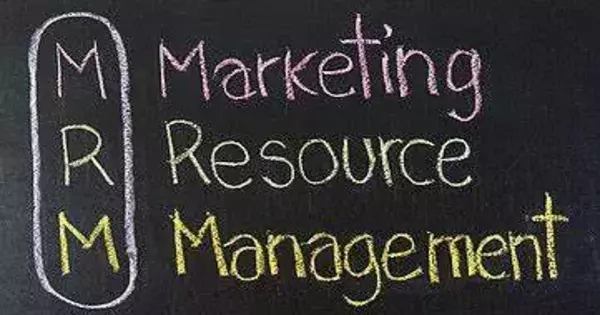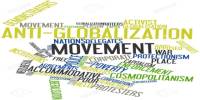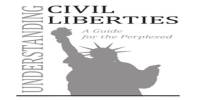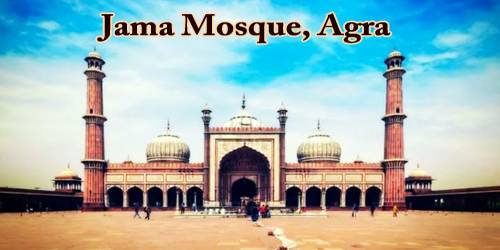Cultural resource management (CRM) is the profession and practice of managing heritage assets as well as other cultural resources such as contemporary art. It is a field concerned with the identification, conservation, preservation, and appropriate management of cultural resources, which might include archaeological sites, historic structures, artifacts, traditional landscapes, and other cultural heritage aspects. It includes Cultural Heritage Management, which focuses on traditional and historic culture. It also digs into archaeology’s material culture.
Rather than simply maintaining and presenting ancient forms of culture, cultural resource management incorporates current culture, including progressive and inventive culture, such as urban culture. CRM is a multidisciplinary method that combines archaeology, anthropology, history, and preservation to protect these resources for present and future generations.
Here are some key aspects of Cultural Resource Management:
- Archaeological Sites: CRM frequently entails surveying and excavating archaeological sites in order to recover and document artifacts and other cultural items. This information aids in understanding a location’s history and cultural significance.
- Regulation and Compliance: Many countries, states, and municipalities have cultural resource protection laws and regulations in place. CRM specialists seek to ensure that development projects are in accordance with these standards and that cultural resources are taken into account during the planning and permitting process.
- Documentation: CRM relies heavily on detailed records and documentation of cultural resources. This includes classifying items, writing site reports, and documenting a cultural resource’s history and relevance.
- Consultation with Indigenous and Local Communities: CRM professionals often work closely with indigenous and local communities to respect their cultural heritage and involve them in decision-making processes regarding resource management.
- Environmental Impact Assessment: When development projects are proposed, CRM experts assess their potential impact on cultural resources. This is typically part of an environmental impact assessment (EIA) or environmental impact statement (EIS) process.
- Ethical Considerations: Ethical considerations are paramount in CRM. Professionals must ensure that their work is conducted in a way that respects the cultural significance of the resources and minimizes any harm or disruption.
- Heritage Conservation: In addition to the preservation of physical structures and artifacts, CRM may also involve the conservation of traditional cultural practices, languages, and intangible cultural heritage.
Physical assets such as archaeology, architecture, paintings, and sculptures are examples of cultural resources, as are intangible assets such as folklore and interpretative arts such as storytelling and drama. Cultural resource managers are often in charge of museums, galleries, theaters, and other cultural institutions, particularly those that highlight culture distinctive to a particular region or ethnic group. Cultural tourism is an important component of the tourism business.
Cultural resource management is critical for balancing the need for development with the preservation of our cultural legacy. It is critical in preserving the past, adapting the present, and planning for the future.
















